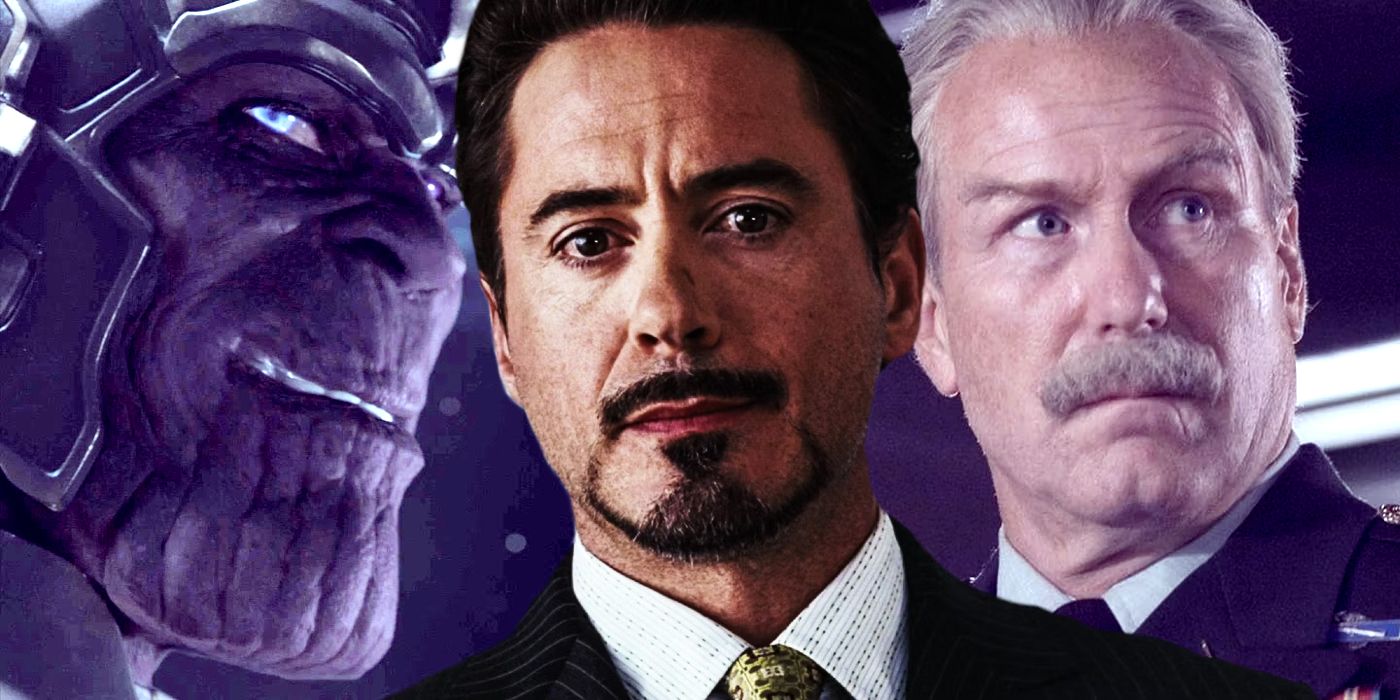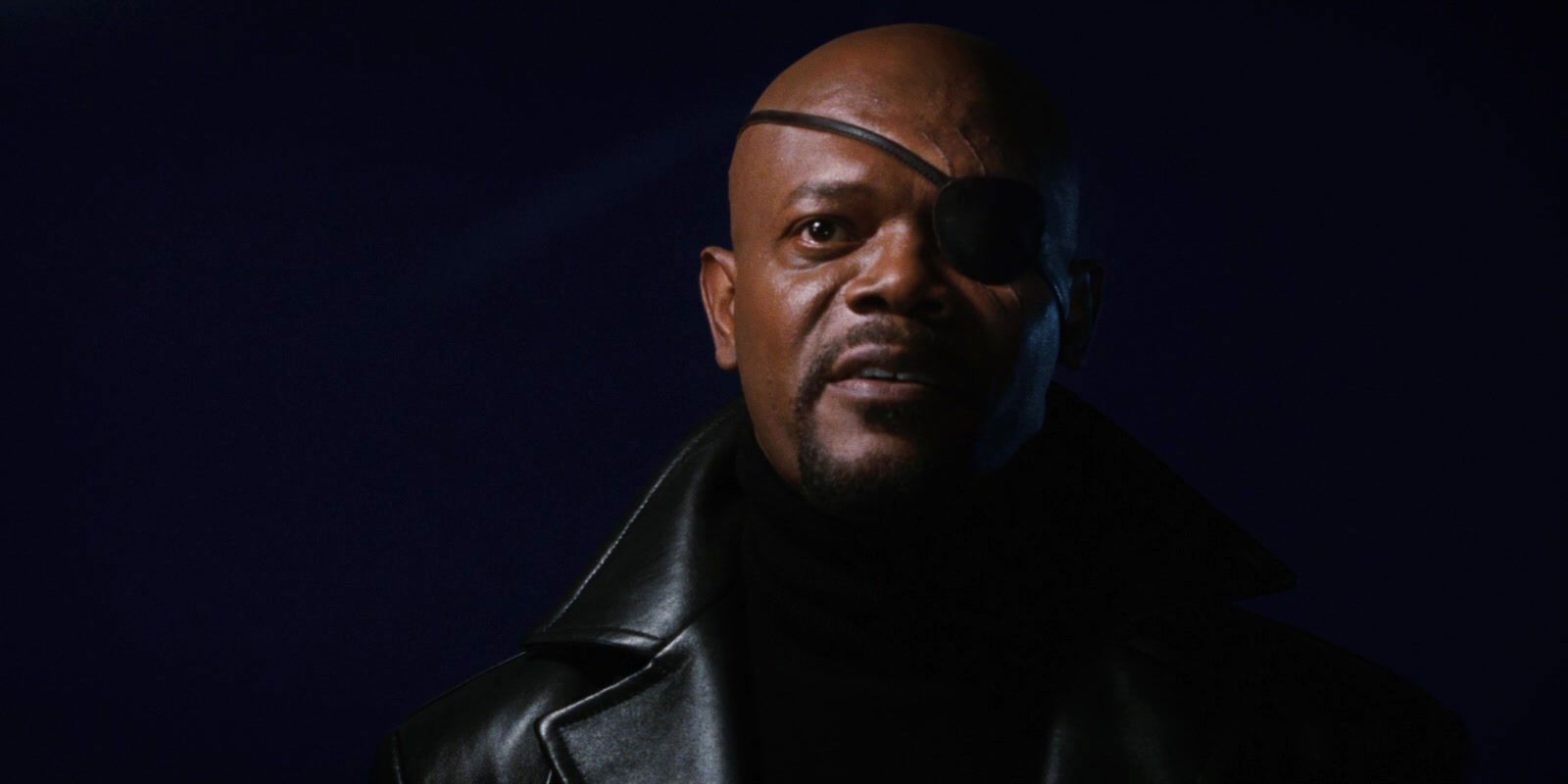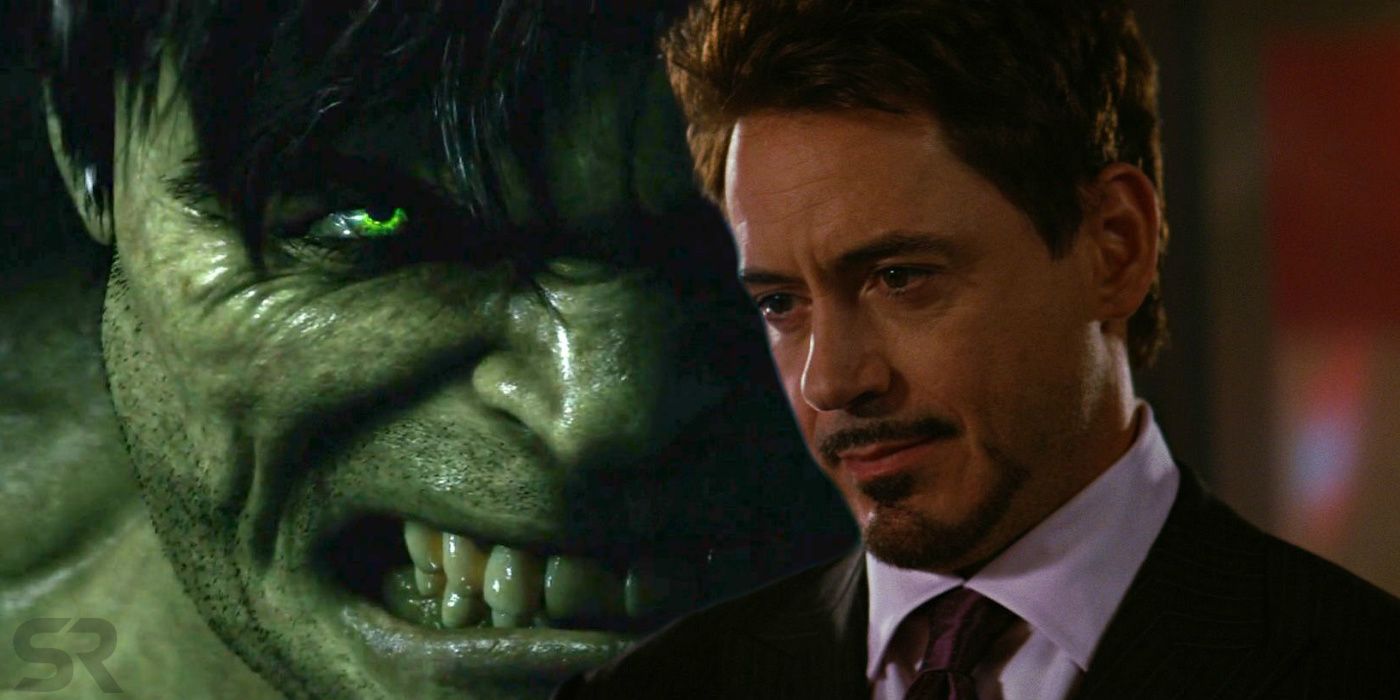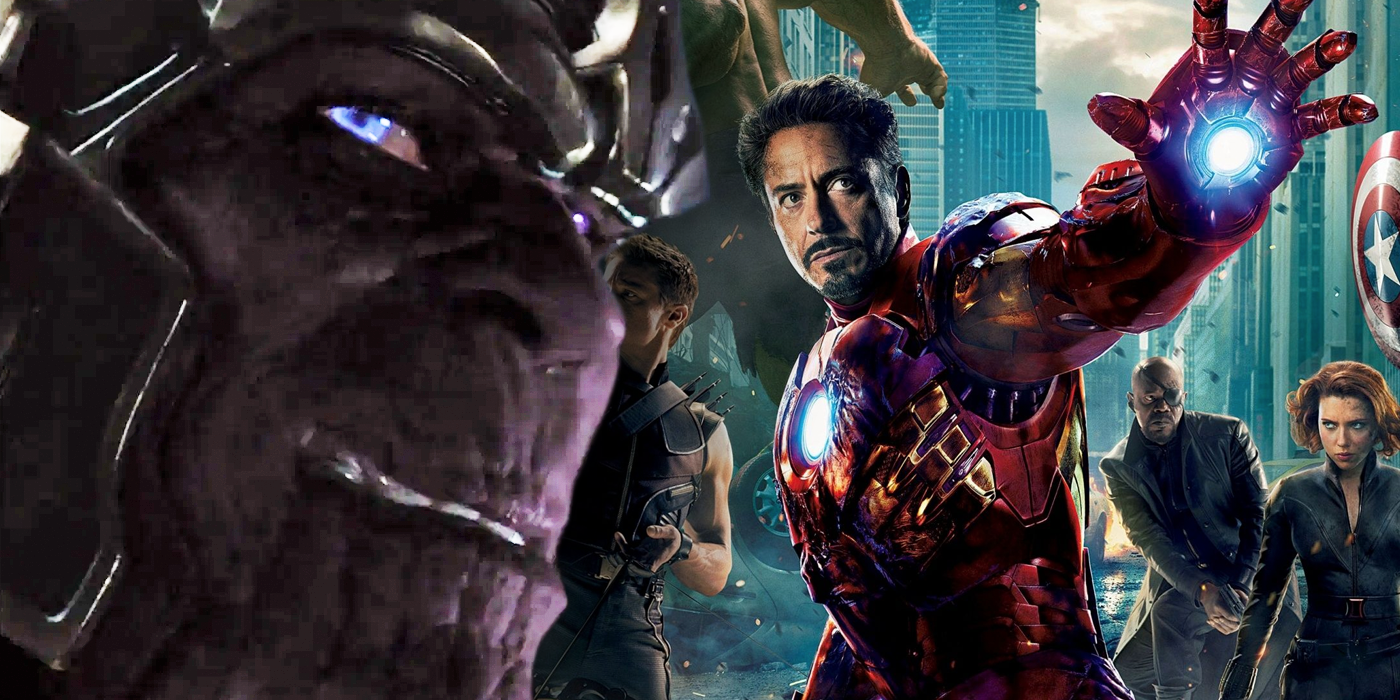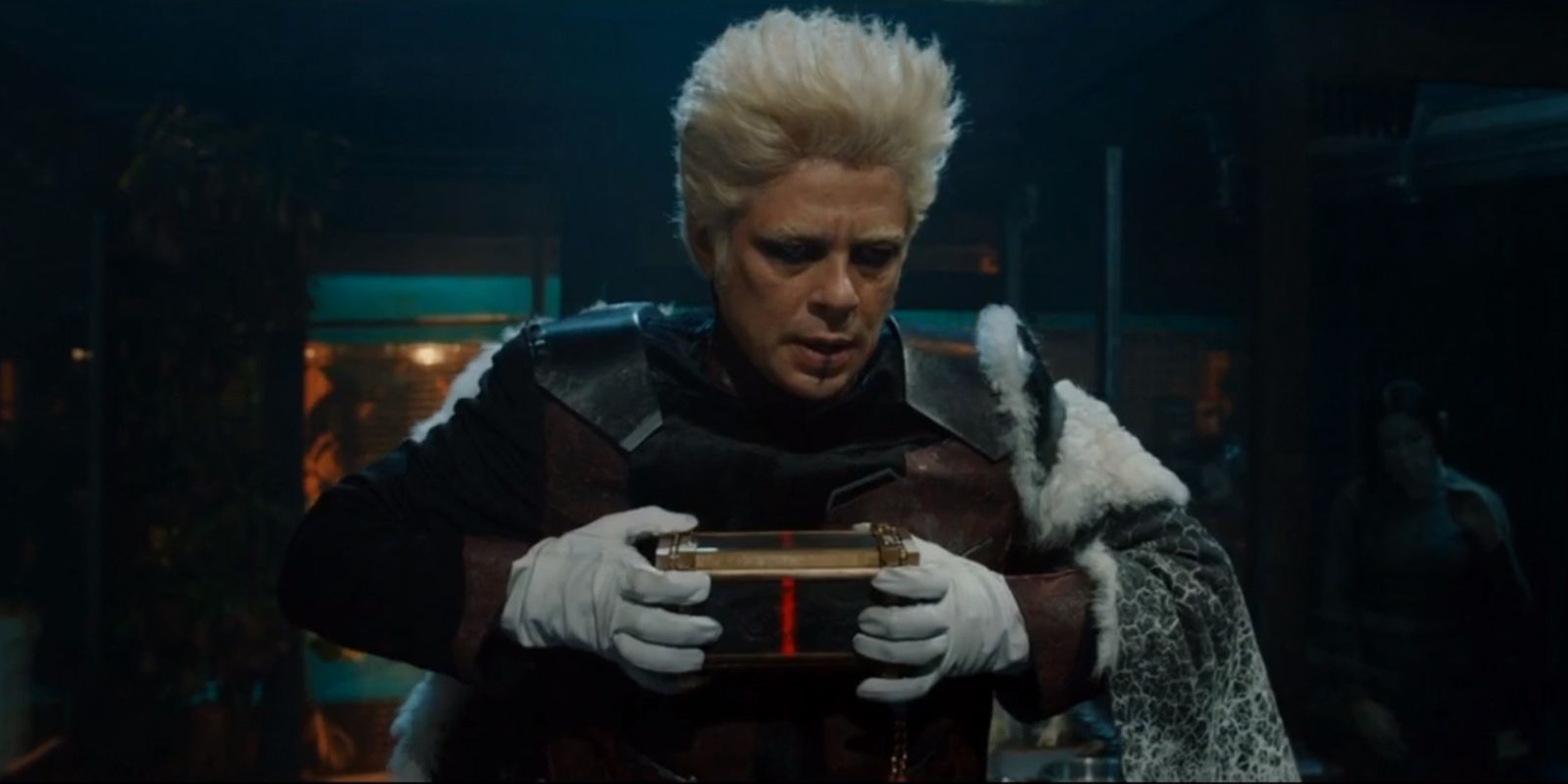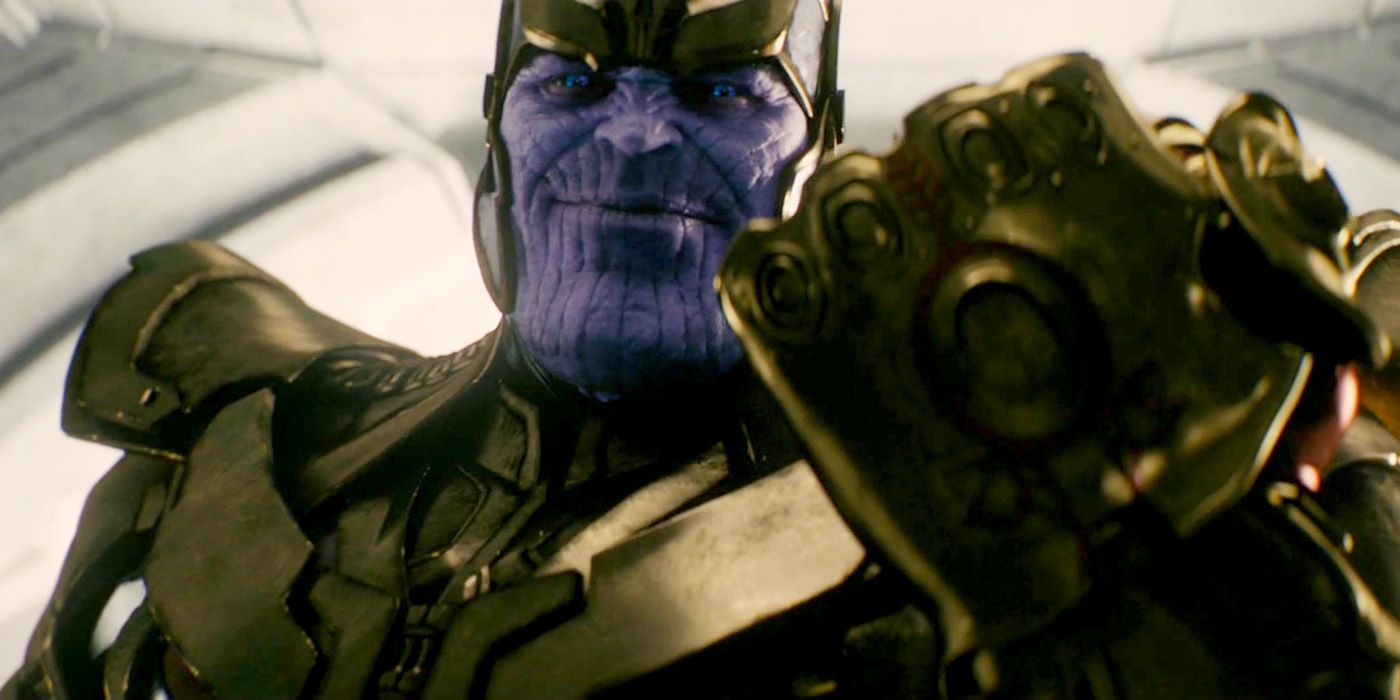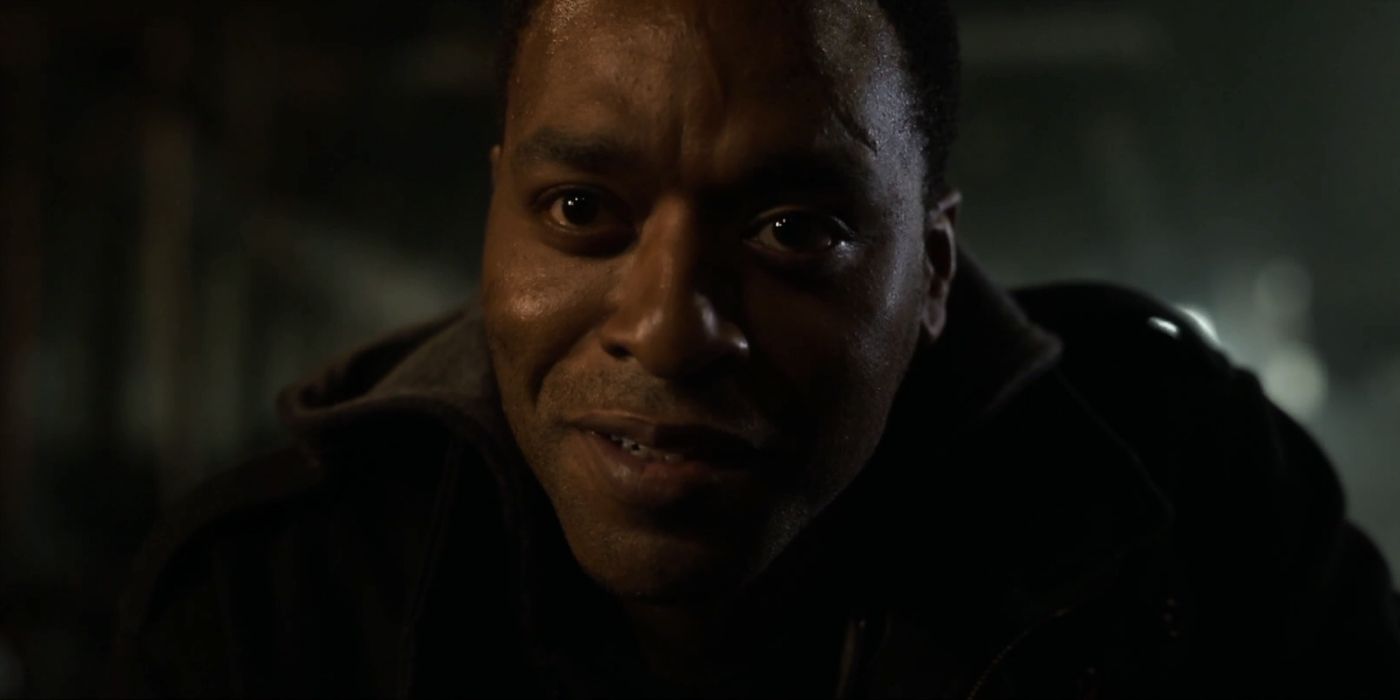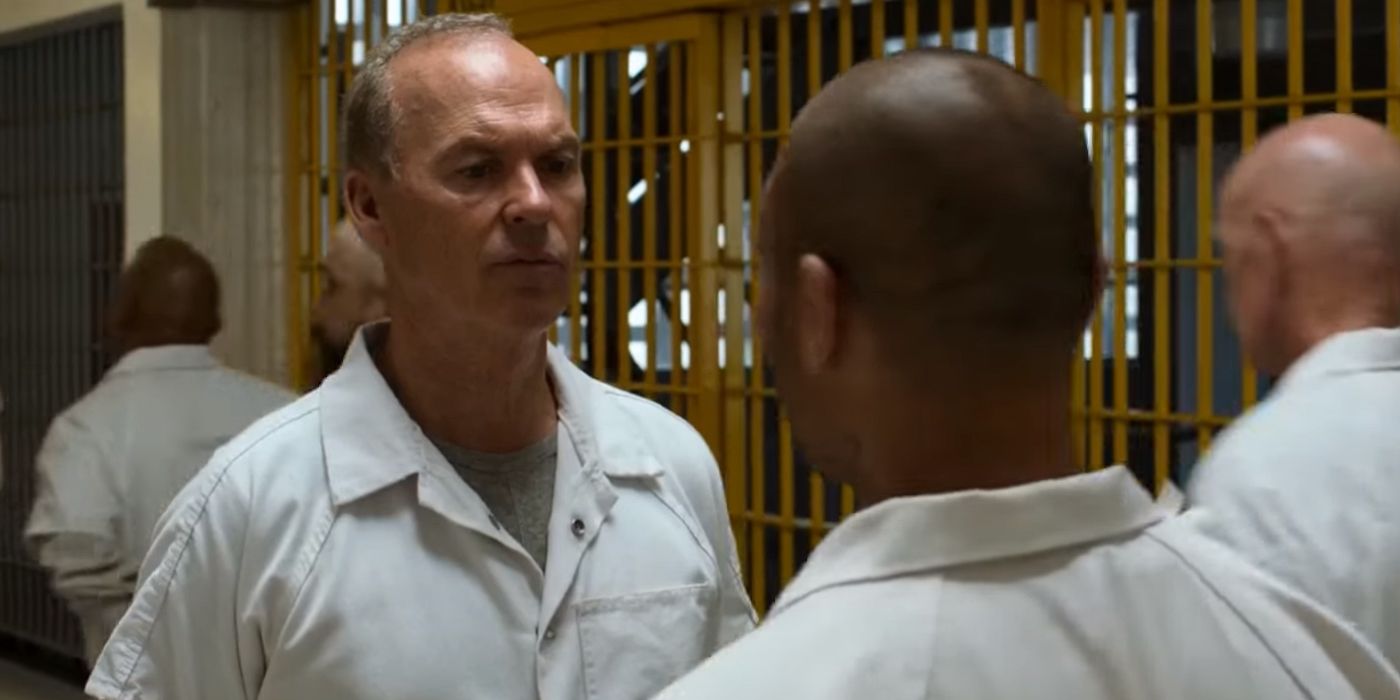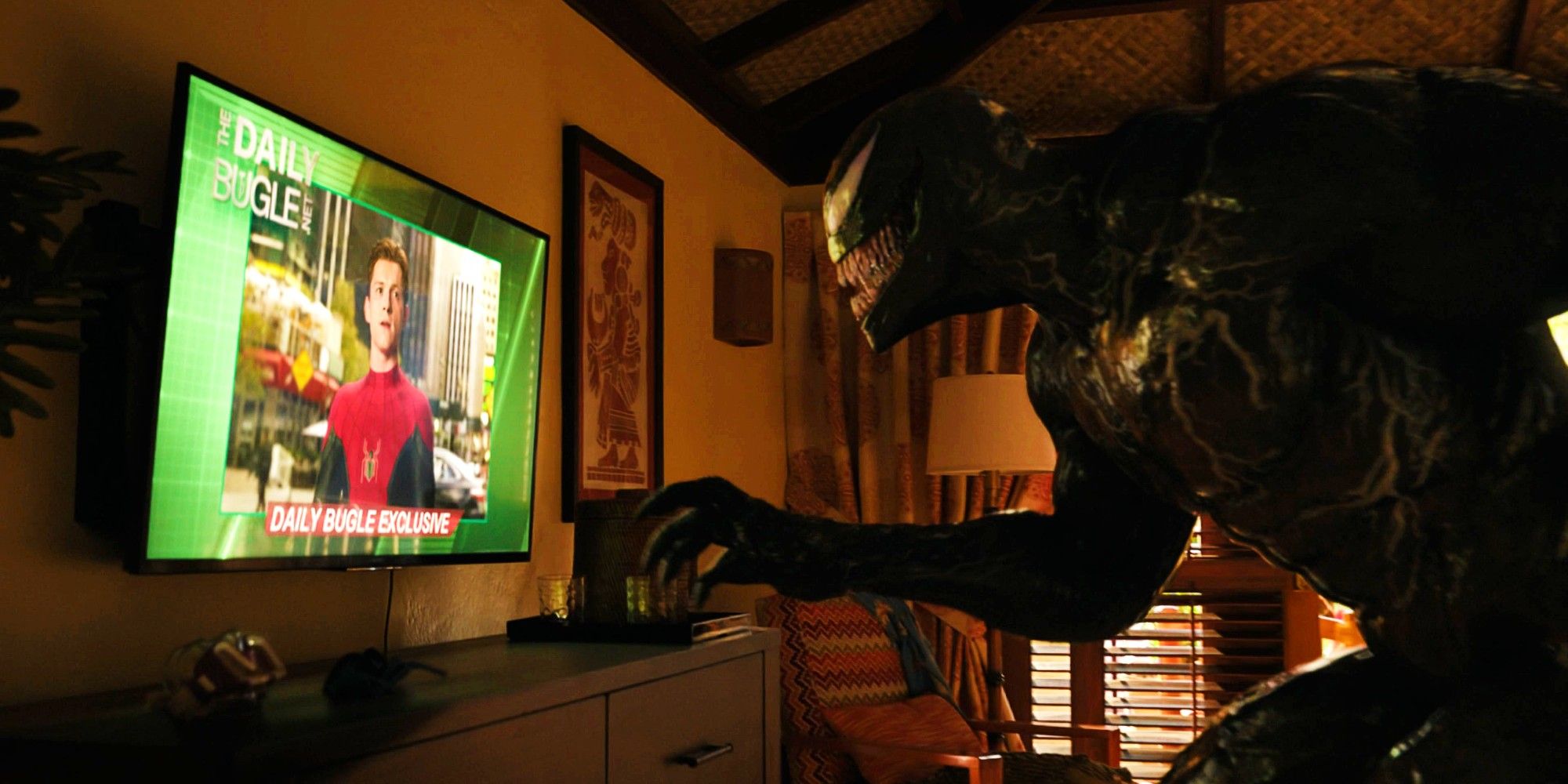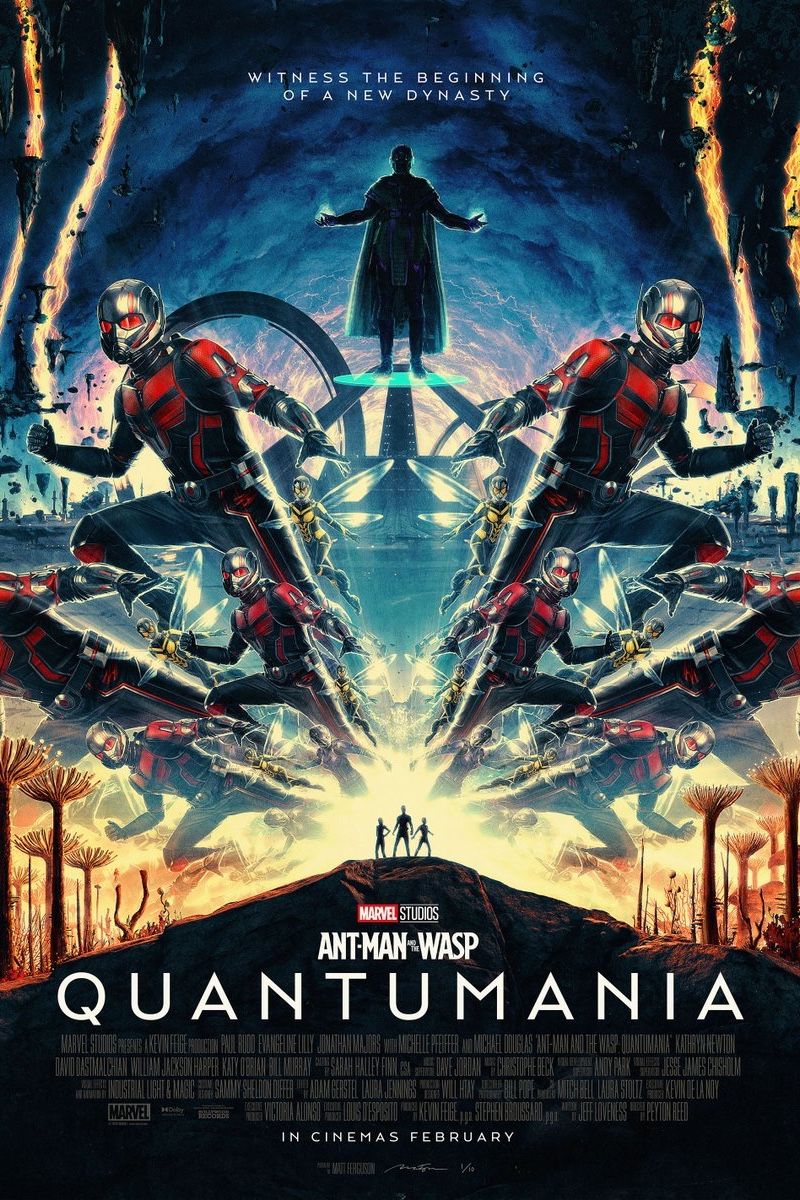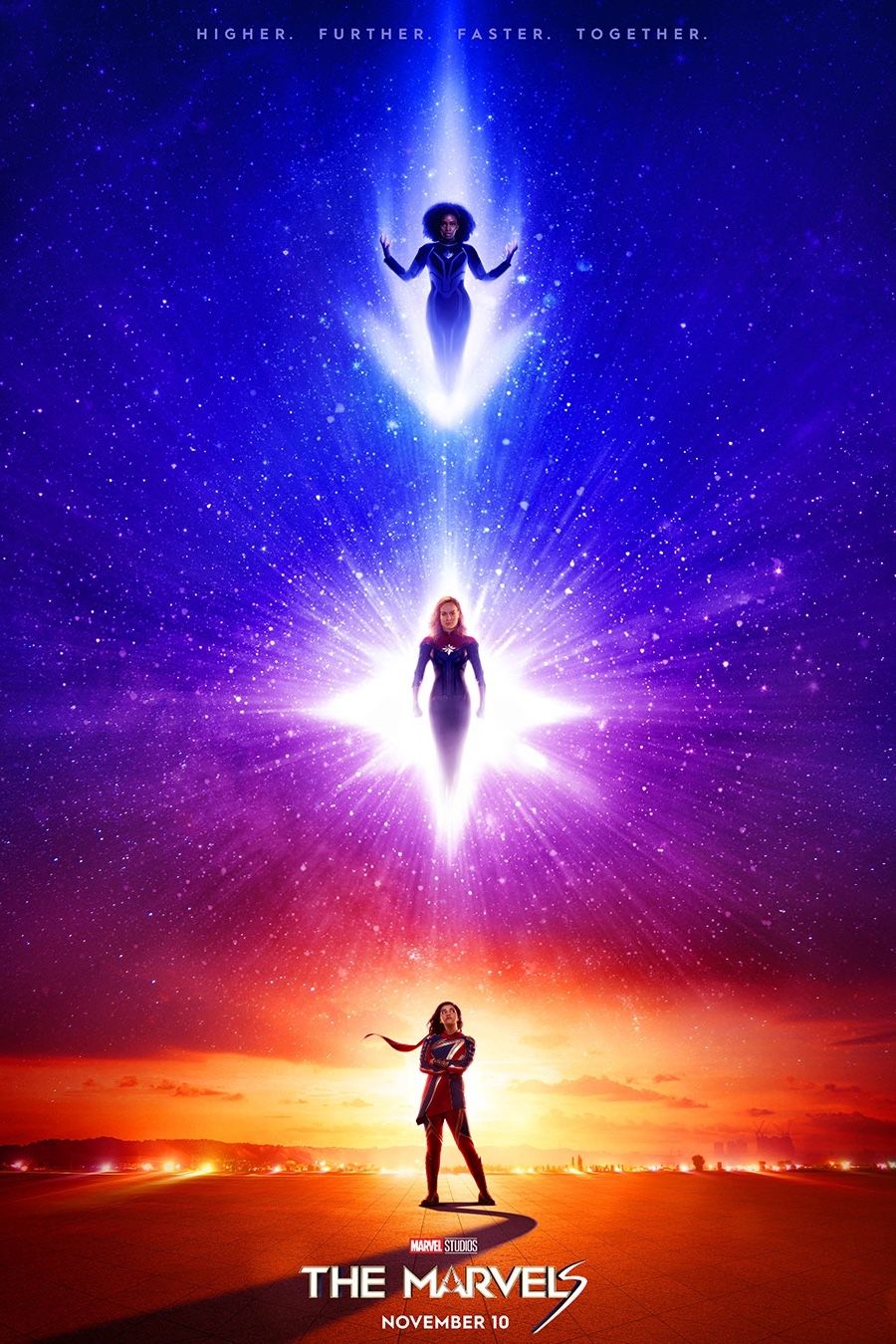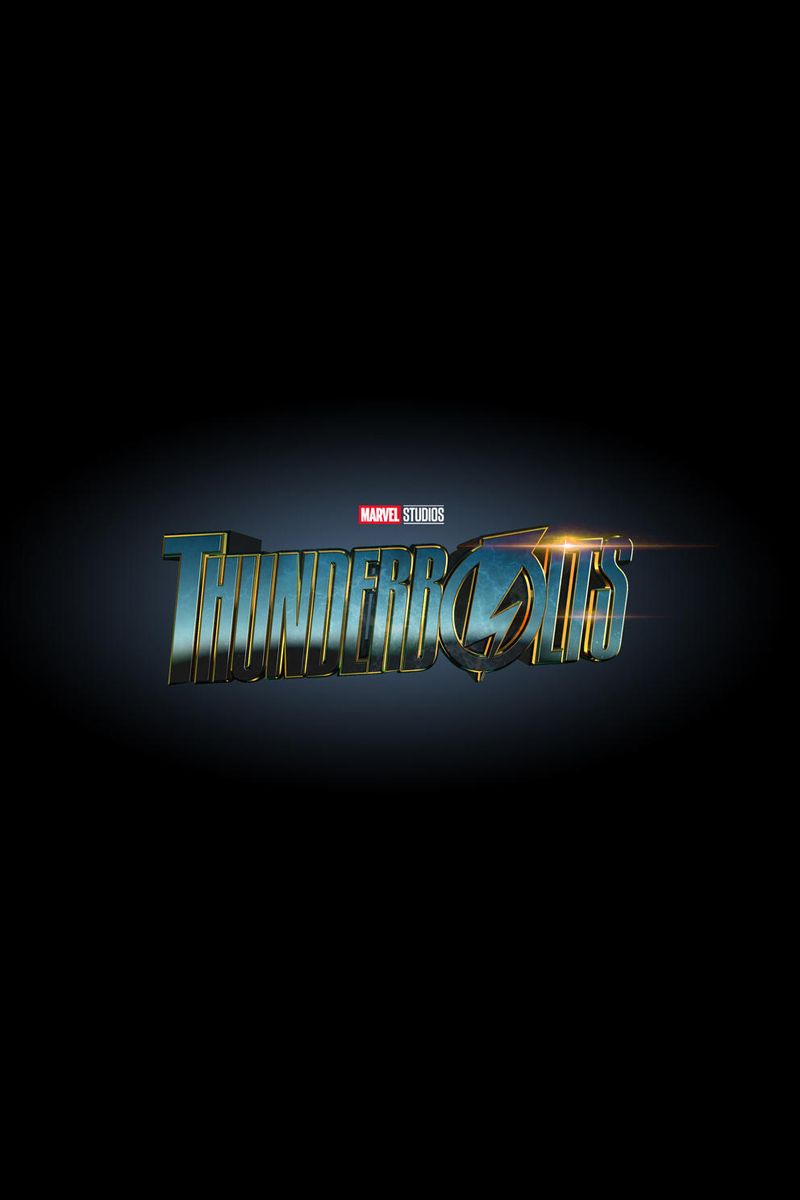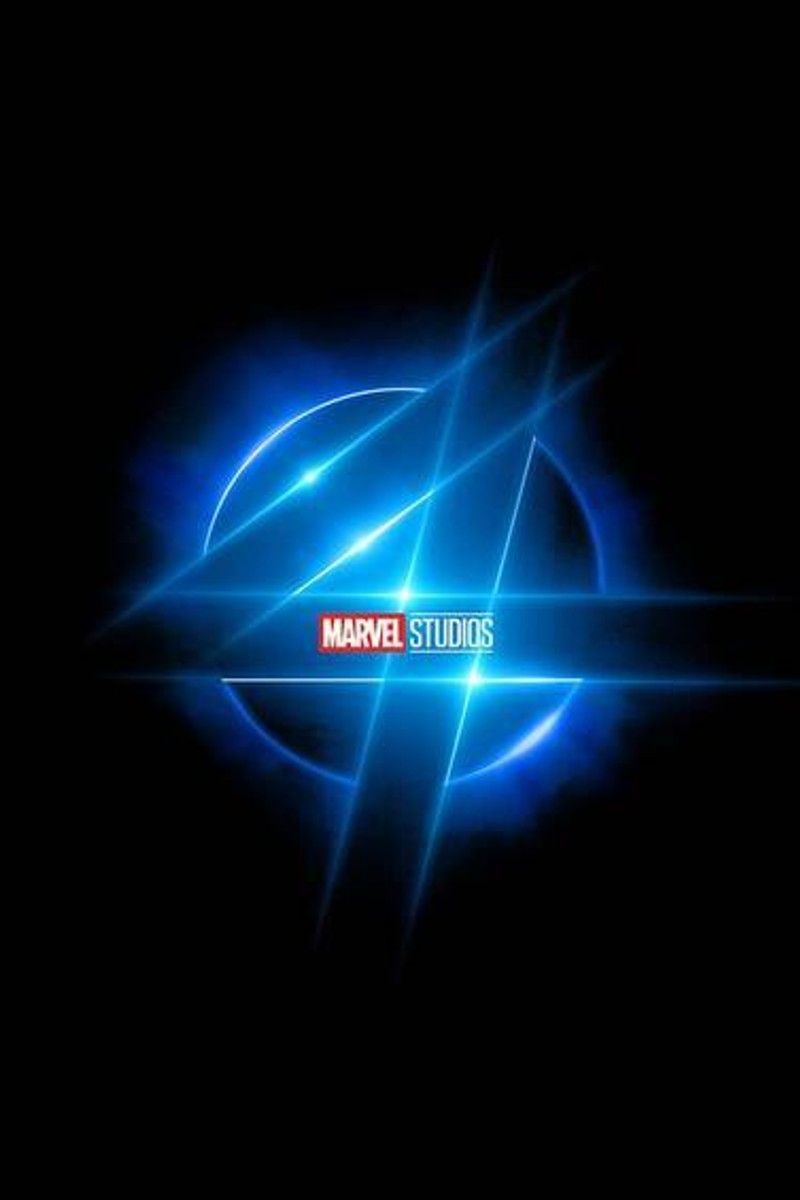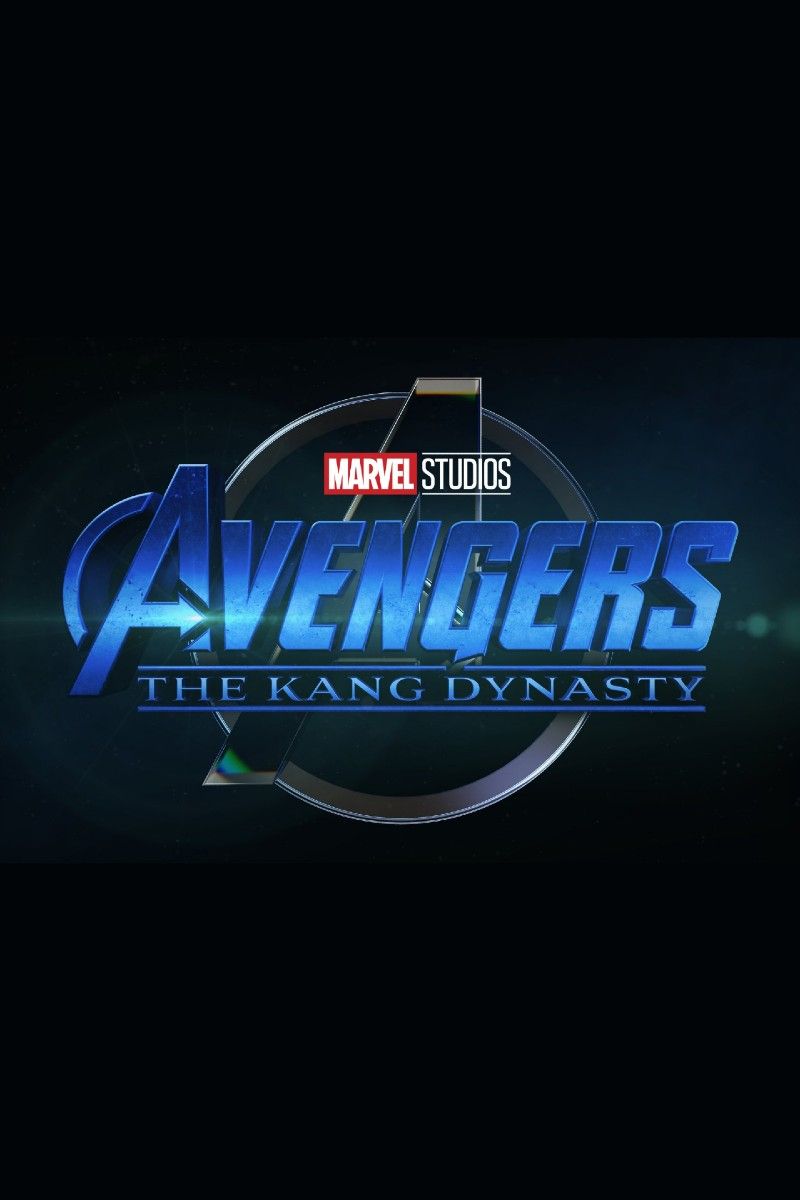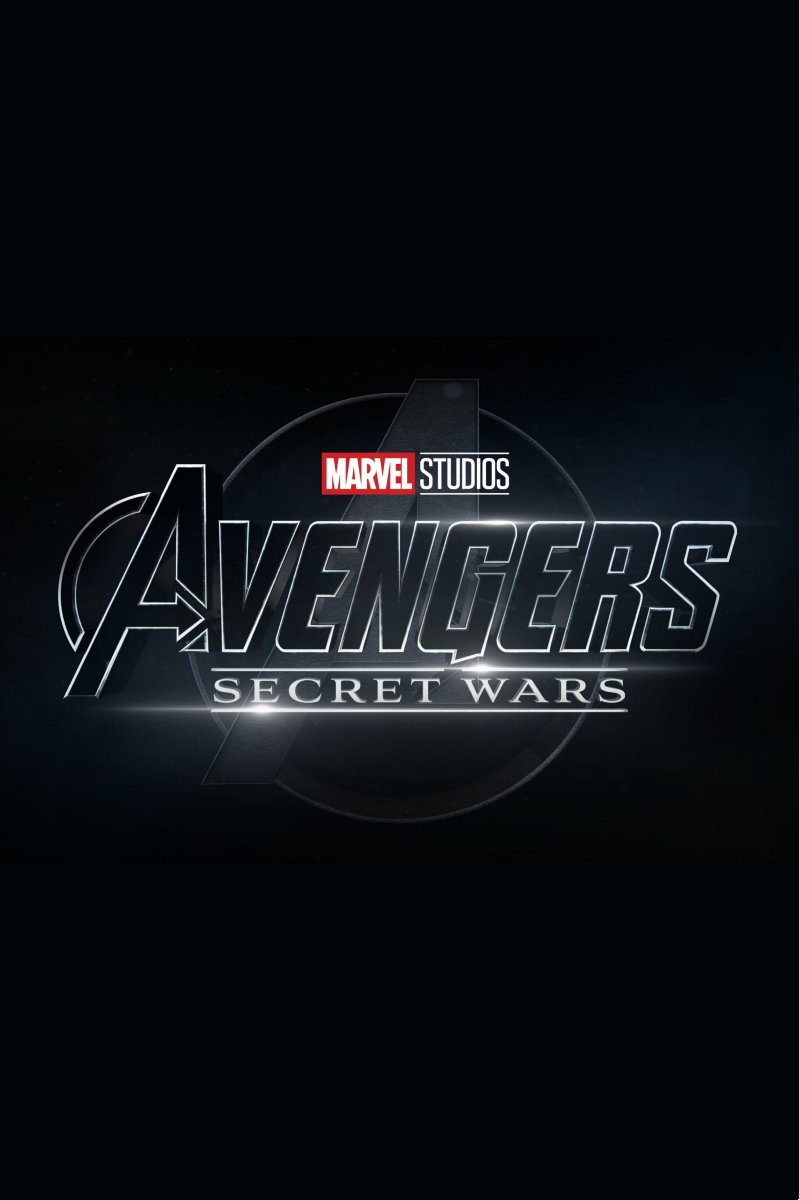Though the Marvel Cinematic Universe is well-known for its use of post-credits scenes to tease future stories, there are instances when these teases are retconned or simply ignored entirely. Marvel may not have invented the idea of the post-credit scene, but the titles of the MCU certainly honed its use to a fine art. Appearing as far back as the very first entry into the franchise, Iron Man, the MCU's post-credits scenes have become known as a source of humor, sequel teases, and sometimes even casting reveals. As a result, the importance of the MCU's credits scenes cannot be understated, because it's often the first glimpse at the franchise's future.
With Marvel's end-credits scenes playing such a key role in the franchise, they are often subjected to a great deal of scrutiny. Despite generally being written as minor and inconsequential teases for future movies or series, the credit scenes of the MCU have been a significant (if indirect) contributor to the franchise's success. The teases of future plot points or characters have helped build a sense of mysticism about the MCU and Marvel's apparent ability to plan several years ahead (even if this idea has since been disproved). The various credits scenes of the MCU have also supported the connectivity of otherwise independent movies, linking seemingly unrelated stories to one another using small sequences that often stand apart from the movie's actual narrative.
As the franchise dates back to 2008, it's hardly surprising that Marvel has made some MCU retcons. The most notable of these have been the result of poorly-received decisions (such as Iron Man 3's Mandarin twist) or simple behind-the-scenes errors, but such retcons are always made with the narrative integrity of the franchise in mind. However, sometimes, even the MCU's post-credits scenes are subjected to retconning - in spite of the fact that they mostly exist to tease future stories. On many occasions, Marvel has clearly changed its mind about the direction of the MCU's story, and multiple post-credits scenes have been retconned or ignored as a result.
Iron Man - Nick Fury Wants Tony Stark
The MCU's very first post-credits scene is also one of its very first retcons. The scene introduces Samuel L. Jackson's Nick Fury, who appears to Tony Stark shortly after the billionaire announces to the world that he is Iron Man. Fury reveals to Stark that Iron Man isn't the only hero in the world, and mentions that he'd like to recruit Iron Man for the "Avengers Initiative". This was a clear indication that Marvel intended to introduce the Avengers into what later became the MCU, but the scene was also very subtly retconned in the film's sequel.
Iron Man 2 sees Stark meet Natasha Romanoff/Black Widow, who was tasked with evaluating Stark's character to determine his suitability for the Avengers program. This subtly retcons Iron Man's post-credits scene, as the first film implies that Fury wants Iron Man in the Avengers, only for Black Widow to determine him unfit to serve as one of Earth's mightiest heroes. The MCU retconning the Iron Man moment all the way back in Phase 1 was easy to miss, but the sequel certainly appeared to backtrack on the first film's post-credit scene.
The Incredible Hulk - Recruiting Hulk
One of the most obvious MCU credits scene retcons came after The Incredible Hulk, whose post-credits stinger linked the film to Iron Man and officially created the MCU as multi-movie continuity. In the post-credit scene, General Thaddeus Ross is drinking in a bar when he's approached by Tony Stark, who cryptically delivers the line "I thought I should tell you, we're putting a team together". Building upon Iron Man's credits scene, this further implies the formation of the Avengers, as well as Stark's role within the team.
It's no secret that Marvel retconned The Incredible Hulk's post-credits scene, and the in-universe explanation is actually linked to the reasons why Stark is passed over for the Avengers in Iron Man 2. Marvel one-shot The Consultant reveals that Stark was sent specifically to sour Ross on the idea of SHIELD recruiting Abomination for the Avengers, hoping that Tony Stark's exuberant and arrogant personality would be off-putting to the straight-laced General. The need for this retcon was plain: it explained why Stark was inexplicably recruiting for SHIELD after Iron Man 2 established him as a liability, seemingly covering the Iron Man retcon at the same time.
The Avengers - Courting Death
By the time The Avengers came around, it was clear that Marvel had specific plans for the MCU's future and its story, but there is one small element of the film's post-credits scene that was later retconned. The Avengers' ending sees the heroes secure a narrow victory over the invading Chitauri, only for a credits scene to reveal Thanos as the mastermind behind the attack. The Other is heard explaining that to challenge humanity "is to court Death", to which Thanos simply grins.
Not only does the post-credit scene confirm Thanos as the Infinity Saga's main antagonist, but his reaction to the Other's words seemed to hint at his motivations. In the comics, Death is a cosmic entity that Thanos is in love with, and his motivation for eradicating half of all life in the universe was to win her affection. Despite the scene teasing this as Thanos' MCU motivation, it later turned out not to be the case, subtly retconning the scene.
Thor: The Dark World - The Collector
The post-credits scene for Thor: The Dark World introduced the Collector into the MCU, but the way his character was later handled ignored his introduction. After the events of The Dark World, Sif and Volstagg entrust the Aether to the Collector, citing his ability to keep it safe away from the Tessaract (which is on Asgard) as being of the utmost importance. After the heroes leave, the Collector announces his intention to collect the other Infinity Stones, hinting that he was going to play a major role in the Infinity Saga as a potential antagonist.
However, Thor: The Dark World's post-credits scene was largely ignored by subsequent MCU movies. The Collector made several other appearances, but never did he become as important as The Dark World's credits scene hinted he would be. In fact, he ended up being somewhat inconsequential, as Thanos simply destroyed his collection, leaving the Collector dead in Avengers: Infinity War after retrieving the Infinity Stones.
Avengers: Age Of Ultron - Thanos Steps In
Though the tease was eventually paid off in a sense, the MCU ignored Avengers: Age of Ultron's credits scene for far too long. After the events of the film see the Avengers resolve to learn more of the Infinity Stones, Age of Ultron's credits tease saw the Mad Titan pick up the Infinity Gauntlet and resolve to collect the Stones himself. Given that his role as a major antagonist had already been teased, this implied that Thanos' first full appearance was imminent in the MCU - something which turned out not to be the case at all. The scene was ignored for three years (in which time seven separate MCU movies were released), and even when Thanos appeared in Avengers: Infinity War, the idea of him "doing it [him]self" wasn't really explored - his lackeys had done much of the work in retrieving the Stones, after all, with the Age of Ultron scene very subtly retconned in the process.
Doctor Strange - Too Many Sorcerers
Doctor Strange's post-credits scene was a classic MCU villain tease: despite having acted primarily as an ally to Stephen Strange during the movie, Chiwetel Ejiofor's Karl Mordo is set up as a villain for future Doctor Strange movies. Confronting Jonathan Pangborn, Mordo explains his belief that the world is filled with "too many sorcerers", and drains him of his magic (and his ability to walk). The clear implication of Doctor Strange's credits scene is that the character was intended to act as a major antagonist for the film's sequel.
When Mordo appeared in Doctor Strange in the Multiverse of Madness, however, it was not as the film's villain. Importantly, it's not the original version of the character that appears, but rather his Earth-838 counterpart, who imprisons Strange on behalf of the Illuminati. Though Mordo acts as a secondary antagonist in Multiverse of Madness, he doesn't play a major part in its story, and he also does nothing that suggests Marvel intends to pay off Doctor Strange's post-credits scene any time soon. Though Multiverse of Madness subtly sets up Mordo's Doctor Strange 3 return, Doctor Strange's original credits scene has yet to be paid off.
Spider-Man: Homecoming - Scorpion & The Sinister Six
Though there's still room for the MCU to elaborate upon Spider-Man: Homecoming's post-credits scene, it's looking increasingly unlikely that it will happen. In the scene, an incarcerated Adrian Toomes is confronted by Mac Gargan (a.k.a Scorpion), who reveals his plans to get revenge on Spider-Man with the help of his friends. This apparently hints at an MCU adaptation of the Sinister Six, a team of Spider-Man villains with an ever-shifting roster.
As Spider-Man: Homecoming served as the first movie in Spider-Man's MCU trilogy, the implication was that the Sinister Six (or at least Scorpion) would be appearing in a direct sequel, but this proved not to be the case. Spider-Man: No Way Home featured a Multiversal incarnation of the Sinister Six, but Scorpion was not a part of the team. Although Spider-Man's MCU future could mean this tease is eventually paid off, the fact that it was ignored in two subsequent Spider-Man movies - combined with Michael Keaton's Vulture now apparently being part of Morbius' universe - makes it seem as though Homecoming's post-credits scene will not be expanded upon.
Venom: Let There Be Carnage & Spider-Man: No Way Home - MCU Venom Teases
There are actually two Marvel post-credits scenes that are inherently linked, and only one of them is from an MCU movie. Venom: Let There Be Carnage shows Venom and Eddie Brock learn of Peter Parker's identity as Spider-Man from across the Multiverse, which appeared to act as a teaser for Venom crossing over into the MCU or facing off with a Spider-Man of his own at some point. However, Spider-Man: No Way Home's post-credits scene shows that while Eddie Brock and Venom had crossed over into the MCU for the events of the film, they'd not been a part of its action, and they subsequently returned to the Sony universe (but not without leaving behind a trace of symbiote).
No Way Home's credit scene essentially negates the tease of Let There Be Carnage's stinger - the iconic villain did appear in the MCU, but he didn't interact with Spider-Man. This seems to retcon the idea that Let There Be Carnage introduced, dismissing the idea of Tom Hardy's Venom facing off against Tom Holland's Spider-Man. Though it felt somewhat cheap and incredibly disappointing, it's just one more way that the Marvel Cinematic Universe opted to retcon elements of its own post-credits scenes (and those from Marvel movies outside the franchise).

